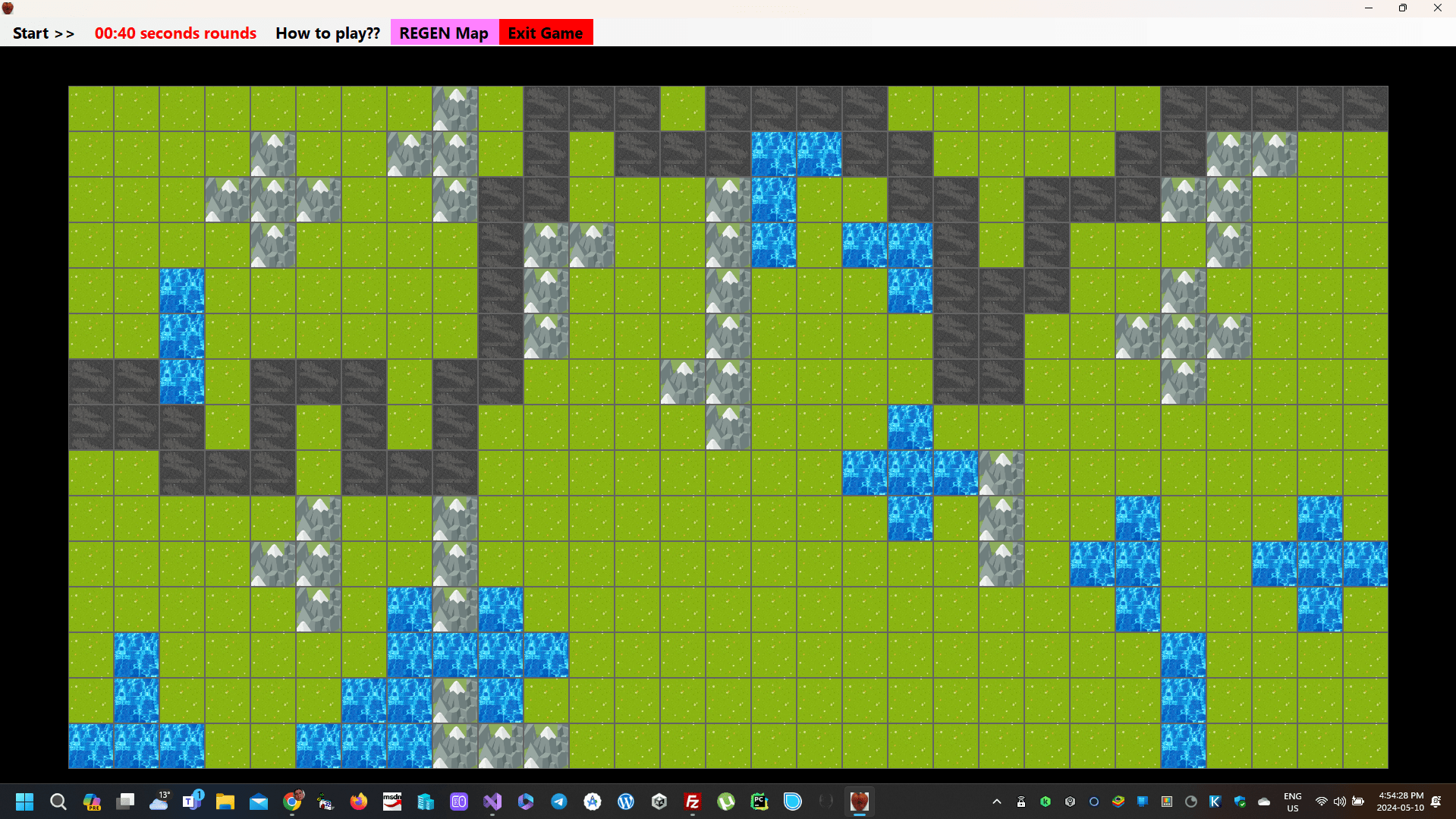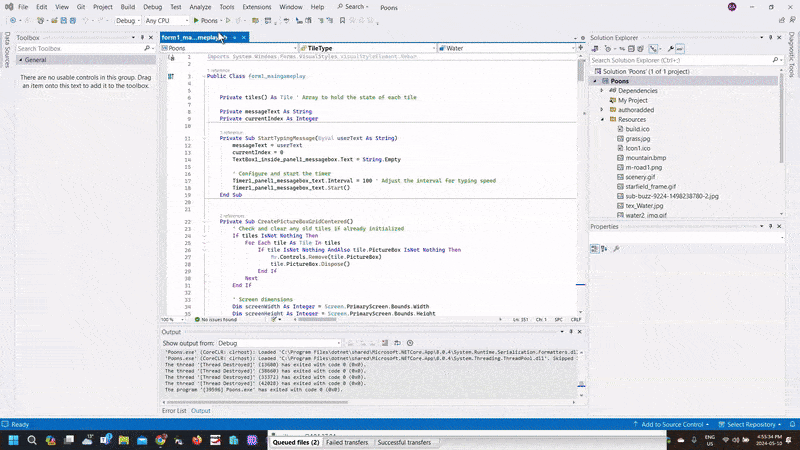
Approx. read time: 5.3 min.
Post: The Berry Seed of an Idea: Dreaming Up “Poons”
The Berry Seed of an Idea: Dreaming Up “Poons”
On a warm summer’s day, my family and I set out for an adventure at a local strawberry farm, little knowing that our outing would sow the seeds for a brand new game concept. The sun was high, and the rows of strawberry plants stretched endlessly, beckoning us to find the juiciest picks.
As we delved into the berry bushes, our baskets began to fill, and the sweet aroma of ripe strawberries filled the air. It was during this picturesque family moment that we stumbled upon a peculiar strawberry. Unlike any we had seen before, this strawberry was whimsically shaped like a balloon with a tiny hole in it. Intrigued and amused, we held it up, marveling at its odd form.
The discovery quickly turned into a playful moment, as strawberries began flying through the air. Our laughter mingled with the sounds of berries squishing underfoot, transforming our berry picking into a joyous food fight. We left the farm that day with stained clothes, sticky hands, and happy hearts.
Fast forward to a night not long ago, when the memory of that peculiar strawberry drifted into my dreams. It transformed into a game idea: strawberry-shaped balloons, reminiscent of that odd strawberry, floating across a digital landscape. In the dream, these strawberries needed to be strategically popped or diverted by placing towers, combining humor with challenge in a game setting.
Waking from the dream, I was struck by the clarity and fun of the concept. It felt like a perfect blend of that joyful, spontaneous day and a playful challenge that could bring smiles to players’ faces. Motivated by the vivid dream and our memorable day at the farm, I began sketching the first designs for “Poons.”
The game is still in its early stages, but the core idea is clear: it will capture the spirit of that summer day, turning a family moment into a game that everyone can enjoy, blending strategy, fun, and the whimsicality of those strawberry-shaped balloons. As I continue developing “Poons,” I’m excited to bring a piece of that laughter-filled day into players’ homes.
The peculiar strawberry that started it all:
Poons tower defense game

“Poons,” the random map generation is primarily focused on creating a snake-like path and placing visual patches over scenery, which includes various tile types like water and mountains. Here’s a detailed breakdown of how each component works:
1. Generating a Snake-Like Path
The generation of a snake-like path involves a few key steps:
- Initialization: The path starts at a random position on the leftmost column of the grid (for simplicity, often the first column).
- Path Tile Count: You calculate the total number of path tiles needed based on a percentage of the total grid tiles. This percentage determines how much of the map the path will cover.
- Path Creation: The path is generated tile by tile. Starting from the initial position, you decide the next tile in the path based on available movements:
- Right: Moves the path horizontally to the right.
- Down and Up: Moves the path vertically up or down.
- Checking Availability: Each potential move is checked to ensure it doesn’t overlap with already placed path tiles and stays within grid boundaries.
- Random Movement Decision: Among the possible movements (right, up, down), a random choice is made to determine the next tile of the path.
- Visual Update: Each chosen tile is visually updated to display the path image, and its type is set to ‘Path’.
2. Placing Patches Over Scenery
After the path is generated, the next part of random map generation involves placing different types of patches (like water and mountain) randomly over the remaining ‘Scenery’ tiles:
- Selection of Start Points: You first identify all tiles that are still marked as ‘Scenery’ and eligible for transformation into a patch type.
- Randomization: The start points for patches are shuffled to ensure randomness in their placement.
- Patch Application:
- Type and Size: Each patch’s type (water or mountain) and size (number of tiles it covers) are randomly determined.
- Patch Growth: Starting from a selected tile, the patch expands outwards up to the determined size. The expansion tries to randomly choose adjacent tiles that are still marked as ‘Scenery’.
- Bound Checking: Expansion is controlled to stay within grid boundaries and not overlap with existing paths or other patches.
- Visual and Type Update: As each tile is included in a patch, its visual representation and type are updated to reflect the patch.
3. Randomness and Constraints
The randomness in this process comes from:
- The initial starting point of the path.
- The direction choices for path extension.
- The selection and starting points of the patches.
- The random determination of patch sizes and types.
Constraints include:
- Ensuring the path does not cross over itself.
- Keeping patches within the grid and avoiding overlap with the path.
- Managing the total number of tiles each patch type can cover.
This method of map generation allows each game to present a unique challenge, as the layout will differ each time, affecting the strategic decisions players must make when placing their towers.
Full game template/framework to be released soon for testing and suggestions….
Full game template/framework 1.0 released.
This is an animated gif of full game template/framework 1.0 gameplay: I Run the game, regenerate map a few times. Show how prompts are typed out like a typewriter when game communicates with user.
Regenerated map 300 times with a unique continuous path and error free map setup each time.
Download Poons Ver 1.0 Now
[wpdm_package id=’32928′]
Related Posts:
What is the use of New Keyword in VB.NET?
How Does the Bubble Sort Algorithm Work in VB.NET?
ADDING CONTENT USING A WEB API
What is the default value for Boolean variable in VB.NET?
Introduction to JavaScript – Libraries
WP Cost Estimation and Payment Forms Builder has been Exploited
Computer Programming Sorting Algorithms
Linux Kernel Prior to 5.0.8 Vulnerable to Remote Code Execution
Microsoft warns wormable Windows bug could lead to another WannaCry
From Teen Dreams to Adult Realities: A Humorous Leap Through Time
Learning computer programming, with no teachers and no tuition














